There are many web initiatives promoted in recent days by museum institutions in order to maintain the connection with art. Among these, collection by mtn | museo temporaneo navile in Bologna is an interesting novelty. Started on March 10, 2020 with a video announcement published on Facebook and Instagram channels, the project is gathering numerous members and continues consistently in the wake of the line that has always characterized the museum: that of addressing not only “insiders” but to the whole community. So we intercepted Marcello Tedesco, founder of the museum together with Silla Guerrini, to talk about this stimulating experience.
Antongiulio Vergine: How was the project born and with what intentions? What is the message of the collection?
Marcello Tedesco: The project you are referring to was born as an immediate response to the current crisis, in accordance with the need not to abruptly interrupt the artistic discourse, identifying in it a value that cannot be ignored in any way, especially in moments of deep crisis. However, the idea of an intangible collection of the museum was already something implicit in mtn. In other words, a museum to be such must have a collection, ours is a collection of intangible art. This aspect came out explicitly during the meeting we organized with Simone Menegoi and Gabriele Tosi at the end of the Sculptural Training exhibition. Even the choice to create a project that uses the web as its display seems to us to be coherent with the idea of dematerializing art to bring out, rather than objects, a strength, a capacity, a nature in power. So it is not just a need born from the crisis, but a conceptually precise choice. With this project, but in general with all mtn activities, we are working and developing what hypothesized by Cesare Zavattini and some other artists, namely the need to consider the human being himself a work of art. With this in mind, our collection includes human beings, relationships, the idea of collective and non-hierarchical work, made up of cooperation and rhythmic exchange. Of course, in the current state of affairs, the human being seems to be anything but a work of art, and precisely the observation of this gives us a proportion of the creative effort to be implemented. More than a message, we are interested in developing practices consistent with the current historical period, and we have not said this now, but from the beginnings.
Why did you choose not to refer only to “certified” artists, but to anyone who is experimenting with their creativity? For example, you also collected children’s works …
The dimension of exclusivity, of the elite, from my point of view is today a rather rhetorical position, an anachronistic attitude that determines a progressive stasis, an excessive rigidity that considerably weakens the creative drive. As I said before, the great artistic work to be done is to get to see the human being not as an artist, but as a work of art. Everyone, no one excluded – “perilous work” Zavattini would say – but this is in my opinion the foundation of real creative work, with these premises there is no substantial difference between a professional artist, a student or a child.
Have you contacted the participants individually or is the collection also the result of word of mouth on the network?
We made a short video where we invited everybody to participate in the project, then we indiscriminately forwarded our invitation to participate. The collective horizontal work dimension is already such a significant connotation that it alone triggers a strong energy. In fact we have received many adhesions, to note that mostly from female participants.
Do you plan to extend the project once this particular period has ended? Or maybe to turn it into one or more physical exhibitions?
mtn | Collection will remain an intangible art project, which can be experienced in the relational and social dimension that this project presupposes. A sort of documentation of the operation will remain on the museum website and on our social networks – it is also possible that over time we will make a publication which will deepen some aspects that characterize us as an art museum. I would also like to mention the next exhibition that we hope to inaugurate as soon as possible: it is a large apotropaic device that the artist Adi Haxhiaj has designed specifically for mtn. The museum space will literally be covered with paintings that will act as real spells-amulets to protect art and the museum itself. Adi started working on this project many months ago, and I think it will be a significant exhibition, particularly in this particular period.
What do you think about this “social” drift undertaken by the art world? Could it, in your opinion, be one of the formats of the future when it comes to fruition?
I don’t think, art needs to be experienced live, works are activated when they have human beings in front of them and vice versa. Furthermore, we are understanding how important the relational dimension is between people. However, if we look at the phenomenon from the point of view of the need not to interrupt artistic research and everything that revolves around it, it is a phenomenon that could help the birth of some new ideas of artistic practice, of communication of art. I think the answer that museums and galleries have given is really important, demonstrating a great sense of responsibility and also of generosity with respect to public and society.
Last question, but not least: do you think that the art or the “system” that revolves around it will undergo changes after this story?
Art and the art system are not separate entities from the rest of the world, I am led to consider obstacles as a real possibility of developing greater strength: obstacles are a factor of dynamism. So surely there will be changes, the difference is how these changes are managed. All that is happening could also help us to finally find a sense of community, overcoming the rhetorical superstructures that inhibit the birth of new and indispensable ideas.
Antongiulio Vergine
Info:
progetto collezione
mtn | museotemporaneo navile, via John Cage 11/A-13/A, Bologna
www.museotemporaneonavile.org/progetto-collezione-mtn/
@mtn_museo_temporaneo_navile
www.facebook.cm/museotemporaneonavile
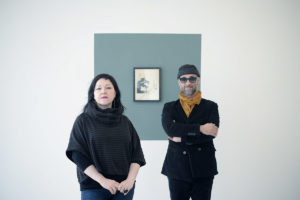 Silla Guerrini e Marcello Tedesco, mtn – museo temporaneo navile, Bologna, Photo by Emanuela Pepe
Silla Guerrini e Marcello Tedesco, mtn – museo temporaneo navile, Bologna, Photo by Emanuela Pepe
 Xia Shafei, Vivo, 2020
Xia Shafei, Vivo, 2020
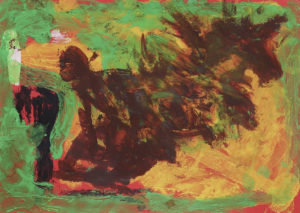 Federica (5 anni), Uomo nel bosco, 2019
Federica (5 anni), Uomo nel bosco, 2019
 The Instagram page of @mtn_museo_temporaneo_navile
The Instagram page of @mtn_museo_temporaneo_navile
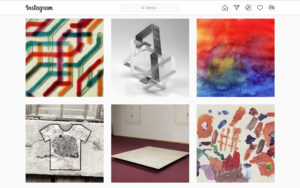 Some artworks in @mtn_museo_temporaneo_navile
Some artworks in @mtn_museo_temporaneo_navile
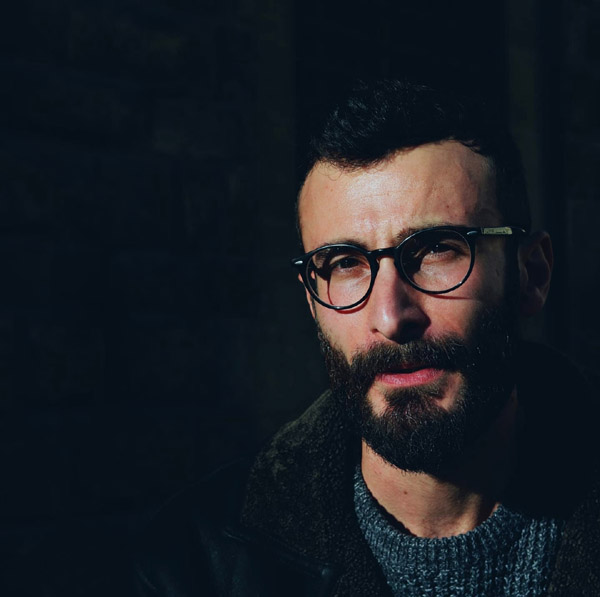
Born in Campi Salentina (LE). After the three-year degree in Technologies for the Conservation and Restoration of Cultural Heritage at the University of Salento, I attend the Master of Science in Visual Arts at the University of Bologna. I collaborated with Galleria d’Arte Maggiore g.a.m. (Bologna) and with MUMA – Museum of the Ancient Sea in Nardò (LE). I am interested in events concerning contemporary art, in particular those related to video-photographic and performative practices. I write for ATPdiary and Juliet Art Magazine.


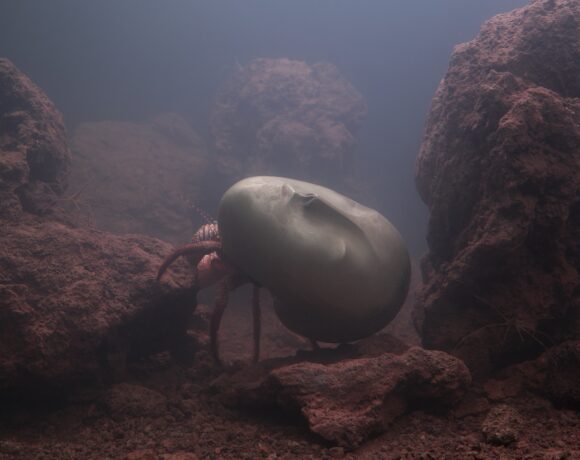
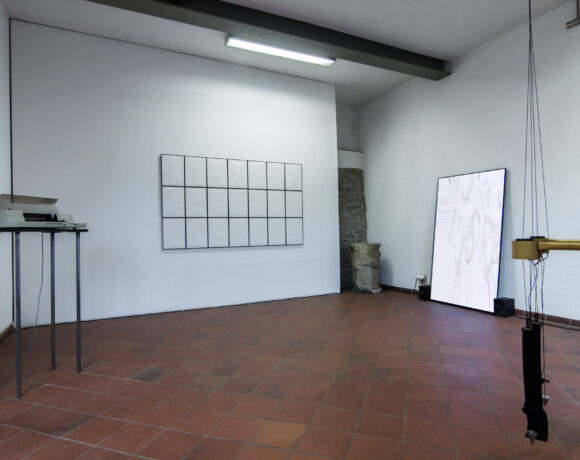
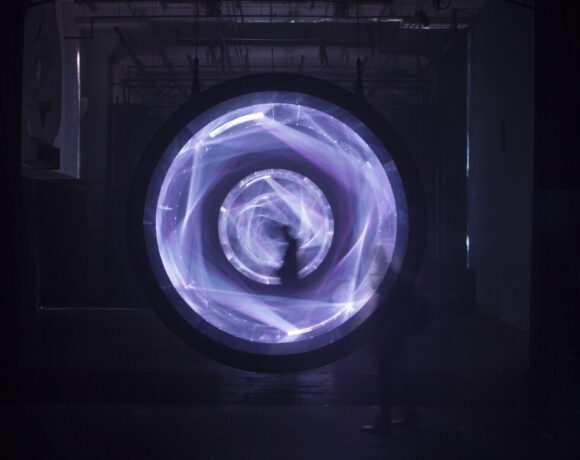

NO COMMENT